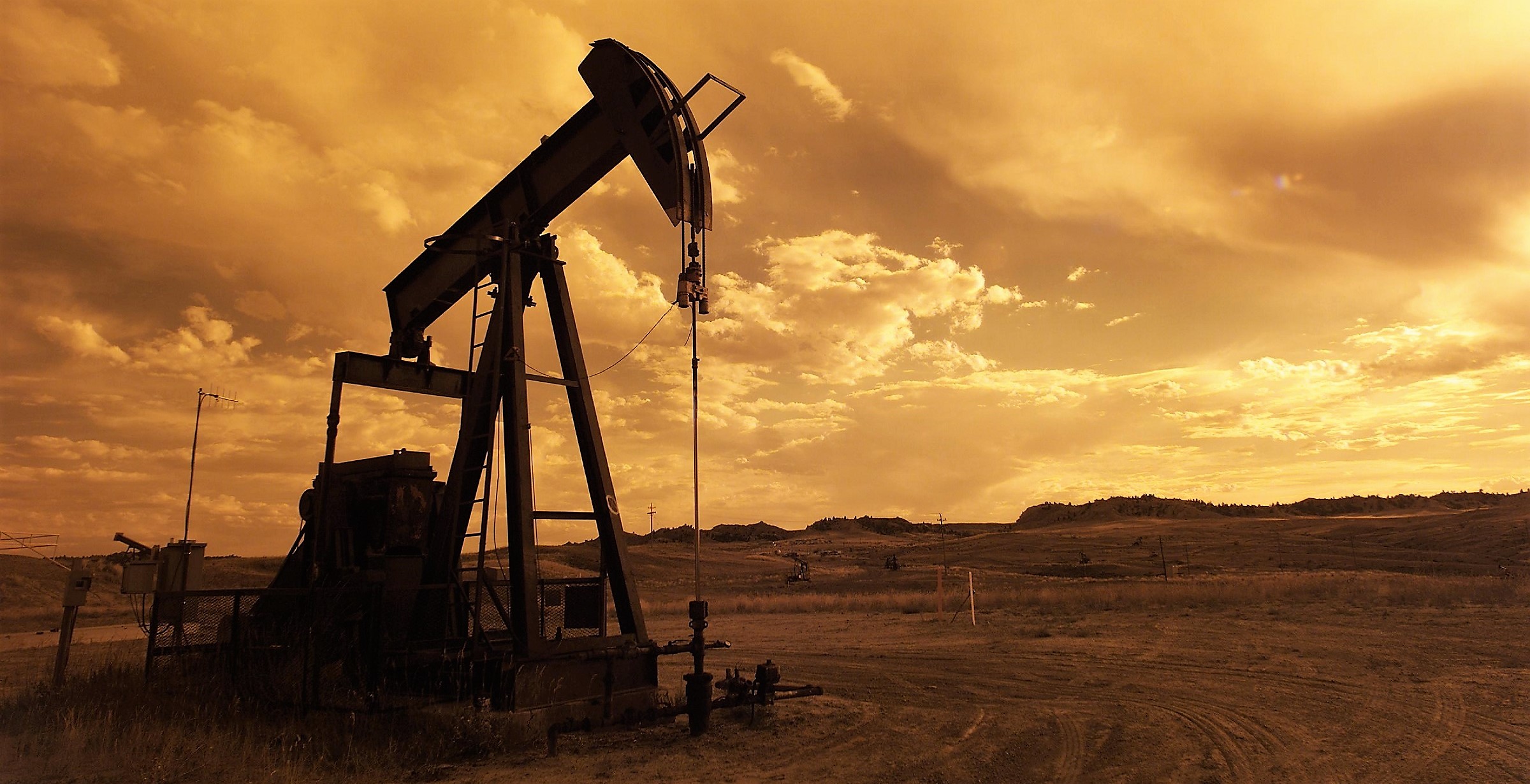An article by Alexis Bernigaud
When thinking about the future, mainstream projections feature robots and high-tech tools that will make life easier, but such a future may imply disastrous outcomes. Pollution and the over-exploitation of resources are putting the planet at risk through global warming and the destruction of ecosystems.
Is innovation the answer to the Environmental Challenge? In the book The Age of Low Tech, French engineer Philippe Bihouix advocates for a development model in which “low technologies” would replace today’s “high-tech” world.
The Myth of Saving Technology
“We live in a society that believes in techno-solutionism”, Philippe Bihouix says. Citizens believe in a future where high-tech innovations and their positive outcomes will create a world where everything is more energy-efficient: smart grids, renewable energies, driverless cars will keep revolutionizing the world and will save the planet and its climate. This faith in progress has been a driving force since the industrial revolution, but countries have come to realize the finiteness of natural resources such as oil: can we really resolve problems that were caused by the rise of industrial and technological progress with the same processes?
Resource Scarcity & Diminishing Returns
The negative environmental impact of technology is almost invisible in western countries: internet users cannot see the immense data centers that allow them to access contents, and most of the externalities stemming from the consumerist system happen in other countries, such as the textile industry and the extraction of rare-earth elements in China, the extraction of silver in South America…. The illusion of a never-ending increase in production is now facing the reality of resource scarcity: for instance, the most easily accessible and profitable copper deposits are already exploited, meaning that industrials have to dig deeper and use more energy and metal to find the same quantities of resources. 10% of the world’s primary energy is used to extract and refine metals: because of these diminishing returns, the economy will need even more energy, and produce even more CO2 and waste.
Will renewables and recycled materials be enough?
To overcome resource scarcity, the rise of renewables seems to be an obvious answer. Still, wind turbines, solar panels or electric batteries are made of rare metals that are not renewable, and Philippe Bihouix argues that the massive deployment of renewables is not compatible with the actual availability of metals.
What about recycling? It seems to be a logical solution, but nowadays less than 1% of small metal components of high-tech products are recycled: the rest of them are too difficult to recycle because they are mixed with other components in alloys, or because they are dispersed in consumer goods such as shampoo or dye.
“Low tech solutions”: making things simpler
Instead of trying to find high-tech solutions to the environmental problem, Philippe Bihouix gives three principles that can foster “low-technology” solutions for a low-carbon future.
- Make recycling easy
When designing a product, engineers should think about its afterlife: avoiding complex alloys would allow the recycling of most of the components, which is not possible for today’s high-tech products. - Make products more robust and repairable
Nowadays, the main goal for engineers is efficiency, often achieved at the expense of robustness and reparability: smartphones, laptops and other electronic devices are almost disposable and they end up in the trash as soon as they stop working or once they are outdated. This “throw-away society” is detrimental to the environment: ”If you think of a computer or mobile as a bundle of highly expensive energy, in an age of energy scarcity it becomes an absurd one”, journalist Andrew Curry argued in his 2010 presentation at the WPP tech Conference. This is why low-tech advocates want new products to be more robust and easily repairable. Bikes represent the archetypal low-tech product: anyone can fix it and it could virtually last forever with proper maintenance. This does not mean that it cannot evolve: its modularity allows different uses (family bikes, road bikes…), but the core technology is low-tech. - Use legislation to promote more sustainable development
Capitalist societies try to destroy any barriers to innovation, while some of them are actually beneficial to society, Philippe Bihouix says: just like speed limits are a necessary restriction to people’s freedom, banning plastic bags, standardizing bottle sizes and shapes and making them returnable would be simple steps towards a less energy-intensive economy. Low-tech solutions are numerous and easier to implement than high-tech ones: for instance, retreading the tires of people’s cars instead of replacing them would cause a 160,000-ton decrease in tire disposal.
Resources:
See Phillipe Bihouix’s Book (In French), “L’Âge des low tech: Vers une civilisation techniquement soutenable”.
Learn more about the Low-Tech movement with Low Tech Magazine.
See examples of Low Tech Innovations in action to promote climate resilient agriculture and to fight climate change.






